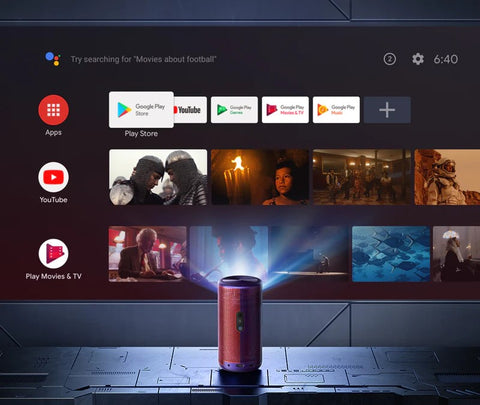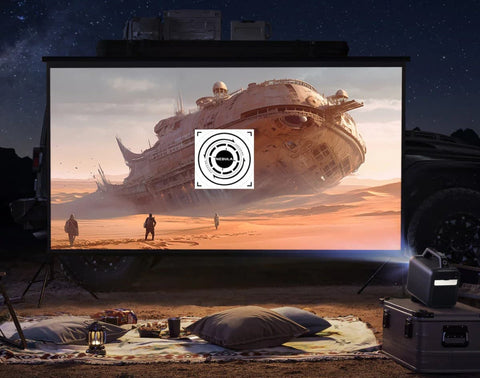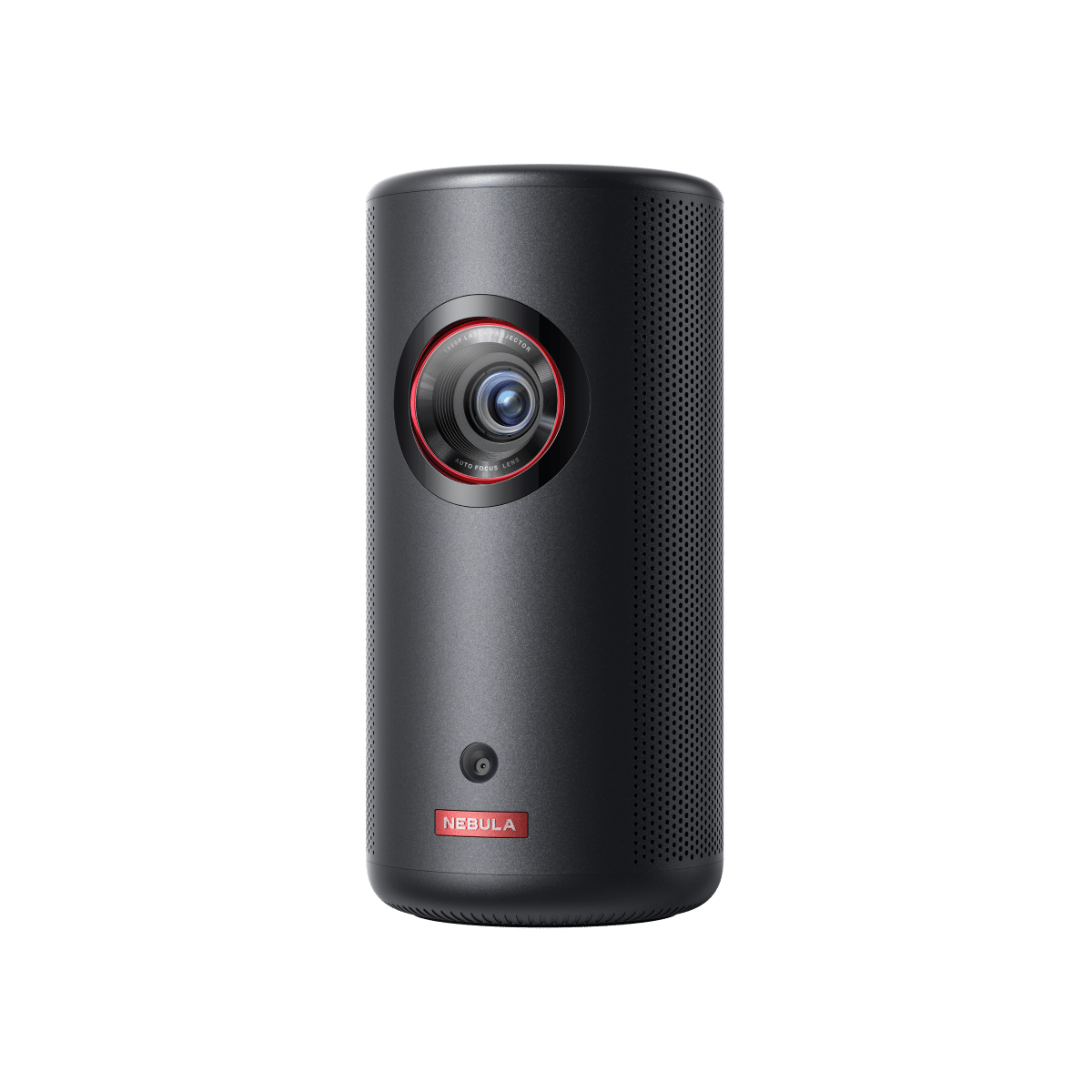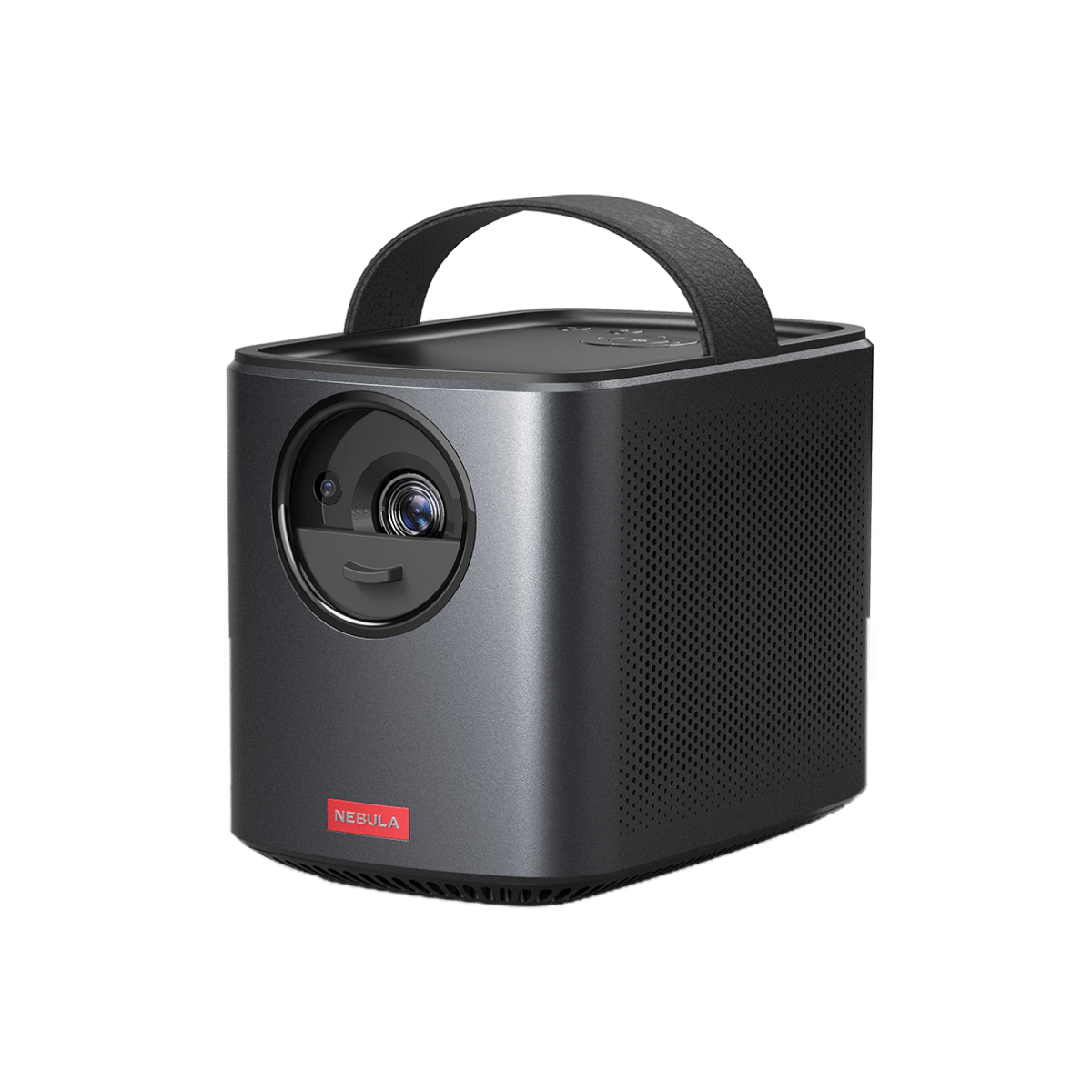With technology constantly evolving, three noteworthy resolutions are catching the spotlight—Full High Definition (FHD), Quad High Definition (QHD), and Ultra High Definition (UHD). Each, distinct from the others, holds a particular allure for consumers seeking superior viewing experiences. Defining, dissecting, and drawing comparisons among these resolutions (1080p vs 1440p vs 4k) forms the crux of this discussion. By shedding light on the nuances of FHD vs QHD vs UHD, this article will guide you toward discerning which among them fulfills your viewing taste and requirements best.
What is FHD
To start off the resolution comparison, we have first the FHD (Full High Definition). This is a display resolution standard with a resolution of 1920 x 1080 pixels. It is also sometimes referred to as 1080p, as it offers 1080 horizontal lines of vertical resolution, displayed in a progressive scan (non-interlaced) format. FHD delivers crisp images and is widely used by most modern computer monitors, TVs, and smartphone displays.
Pros
-
FHD is currently the most affordable high-resolution option (FHD vs QHD vs UHD) for consumers, making it an excellent budget-friendly choice.
-
A wide range of devices and media support FHD, ensuring a smooth and seamless experience across different platforms.
-
FHD displays typically consume less energy than higher-resolution alternatives, helping you save on electricity costs.
Cons
-
FHD may lack the necessary detail for certain applications, such as professional photo and video editing, where higher resolutions are desired.
-
As UHD and even QHD resolution have become more commonplace, choosing an FHD display could limit your ability to enjoy future content at its best quality.
What is QHD
What is QHD resolution? QHD (Quad High Definition) is a display resolution standard with a resolution of 2560 x 1440 pixels. Between 1080p vs 1440p, QHD has a resolution that provides 1.77x more pixels than an FHD display. QHD is geared towards users seeking a middle ground between FHD and UHD, offering a balance of affordability, performance, and image quality.
Pros
-
Is 1440p better than 1080p? QHD offers a big improvement over FHD in terms of image quality, making it a compelling choice for every user seeking a sharper and more detailed viewing experience.
-
The higher resolution allows users to comfortably run multiple applications side by side on a single display, enhancing productivity. Thus, the difference between 1080p and 1440p is indeed noticeable in terms of efficiency.
-
With growing adoption in recent years, QHD displays are becoming more affordable, making them an attractive option for “budgetarians” (budget-conscious buyers) looking for an upgrade over FHD.
Cons
-
Depending on the brand, QHD displays can come at a premium compared to their FHD counterparts.
-
To fully utilize QHD resolution, you will need a more powerful device capable of processing and outputting the additional pixels.
-
QHD displays can consume more energy than FHD, increasing your electricity bill.
What is UHD
UHD is a display resolution standard having an exceptional resolution of 3840 x 2160 pixels. It is also commonly known as 4K resolution, as it offers approximately 4000 horizontal pixels. The difference between QHD and UHD is distinguishable, allowing users in UHD to enjoy finer details and more lifelike images, particularly on larger displays. UHD has become increasingly popular in recent years, particularly in the TV market.
Pros
-
UHD offers stunningly detailed and vibrant images, making for an immersive viewing experience.
-
Between 1440p vs 4k, the entertainment industry increasingly embraces 4K (UHD) content as the display ensures that users can fully appreciate this content at its best.
-
For gaming enthusiasts, between QHD vs UHD, a UHD display is the better option as it can provide a more engaging and top-notch visually appealing gaming experience.
Cons
-
UHD displays are typically more expensive than FHD and QHD counterparts, potentially making them out of reach for budget-conscious consumers.
-
To fully benefit from UHD, you'll need a device with a high-powered processor and graphics card that is capable of handling high resolution.
-
While UHD content is becoming more prevalent, there is still a large amount of content available only in FHD or lower resolutions.
Which is Better: FHD vs QHD vs UHD
The best option among FHD, QHD, and UHD depends on your individual needs and preferences.
In conclusion, your choice between FHD vs UHD and QHD should align with your display size, intended usage, budget constraints, and the desire for future compatibility.
Projector Resolution Buying guides
Nebula offers an impressive line-up of FHD and 4K projectors that cater to your needs.
At Nebula, our 1080p projectors are meticulously designed for premium viewing experiences. Boasting radiant 1080p clarity with up to 810 ANSI Lumens, our devices offer cinema-level brilliance right at your fingertips. With HDR10 and Hybrid Log Gamma technology, we ensure every detail pops with deeper blacks and brighter colors. Our projectors are empowered by Android TV, granting access to over 7,000 apps for endless entertainment. Not just visuals, the immersive audio is powered by Dolby Digital Plus, enveloping you in cinematic sound. Easy setup and robust adaptability make every Nebula 1080p projector a testament to innovation and quality.
On the other spectrum, our 4K projector collection showcases the pinnacle of cinematic immersion. Each model delivers astonishing 4K UHD clarity, ensuring every pixel pops with lifelike detail. Our projectors, boasting up to 2200 ANSI Lumens, illuminate your visuals even in lit rooms. Intelligent Environment Adaptation ensures optimal screen fitting, while our built-in Dolby Digital Plus speakers offer a 360° auditory feast. Dive into a vast entertainment universe with Android TV, featuring thousands of apps, ensuring you're never short of content. Relish in the magic of big-screen brilliance with Nebula 4K projectors.
Conclusion
Excelling beyond standard resolution, FHD, QHD, and UHD redefine visual experiences. As pixels pack tightly together, landscapes and virtual worlds surge to life. Whether you're a movie buff or a hardcore gamer, the superiority contest between FHD vs QHD vs UHD is complex. Each offers a pathway to clarity, defined by your needs and ambitions. May your choices not exist for compromise but stand as bold strides toward superior quality and immersive experiences. Step into a vivid future enriched by FHD, awed by QHD, or stunned by UHD.
FAQ
Below are some frequently asked questions about FHD vs QHD vs UHD.
Is 1440p really worth it over 1080p?
Yes, the worthiness of 1440p over 1080p fundamentally depends on your specific use case and personal preferences. If you're seeking a higher level of detail in video games, professional video editing, or similar scenarios where visual precision is key, then 1440p (also known as QHD- Quad High Definition) can provide a noticeable upgrade over 1080p (Full High Definition). It offers 1.77 times more pixels, enabling the display of more detailed images.
Is 1440p vs 4K noticeable?
Yes, a difference between 1440p and 4K is noticeable, particularly on larger screens and in scenarios where high-resolution imagery is significant. 4K resolution (also referred to as UHD or Ultra High Definition) offers roughly twice the pixel density of 1440p, providing a noticeably sharper and more detailed image. However, the enhancement also comes with more demands on your system's graphics capabilities and potentially a higher cost, both factors that ought to be considered.














